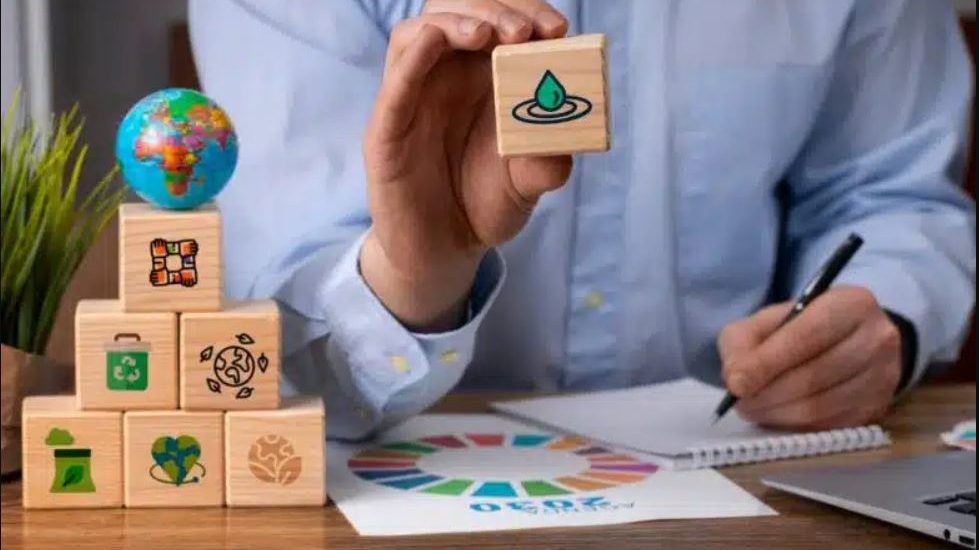Environmental Impact Assessment (EIA) – A Tool for Achieving Sustainability Goals
- July 11, 2023
- Posted by: Velosi Author
- Categories: HSE, Insights

What is EIA?
Environmental Impact Assessment serves as an integral technique employed to systematically identify, predict, and examine the potential environmental penalties associated with a proposed undertaking or activity. It stands as a widespread tool for promoting sustainable improvement by facilitating the layout and implementation of projects in a manner that minimizes unfavorable environmental effects whilst maximizing productive environmental outcomes. Through the rigorous software of EIA, stakeholders can make informed selections that prioritize environmental considerations, fostering a balance between developmental aspirations and the renovation of our natural resources.
EIA involves the following steps:
- Screening: The first step in an EIA is to determine whether the proposed project or pastime is in all likelihood to have enormous environmental impacts. If the task is now not in all likelihood to have significant environmental impacts, then no further EIA is required.
- Scoping: If the assignment is probable to have massive environmental impacts, then the next step is to conduct a scoping process. Scoping entails figuring out the viable environmental influences of the mission and deciding the scope of the EIA.
- Impact assessment: The influence evaluation is the principal stage of the Environmental Impact Assessment process. It includes amassing records on the viable environmental effects of the assignment and evaluating those impacts.
EIA and Sustainability Goals
EIA helps to achieve various sustainability goals, including:
- Environmental protection: EIA can help to discover and mitigate practicable environmental effects of projects.
- Natural resource management: Conserving natural resources, such as water and power can assist to limit the environmental influence of projects and promote sustainable development.
- Enhancing biodiversity: EIA can assist to perceive and guard areas of excessive biodiversity. This can assist to preserve vital ecosystems and species.
Conclusion
To conclude, Environmental Impact Assessment performs an important role in sustainable development. It allows the identification and mitigation of viable environmental influences associated with projects, permits the conservation of herbal resources, and encourages public participation in the decision-making process. By the use of EIA, groups can make positive duties developed in a manner that helps sustainability and protection of the environment for future generations.
Please contact us for more information and assistance.



